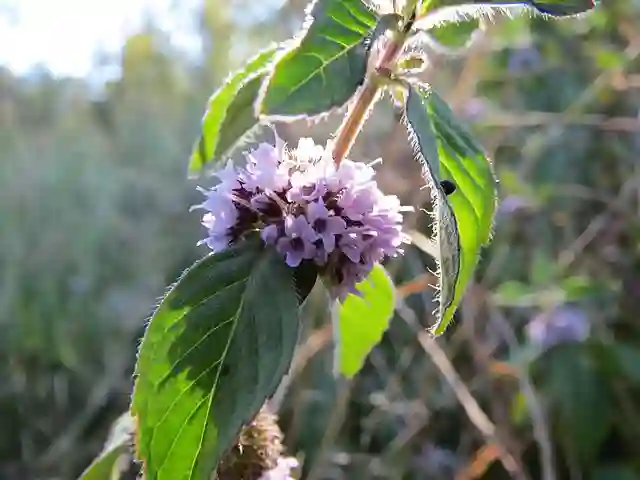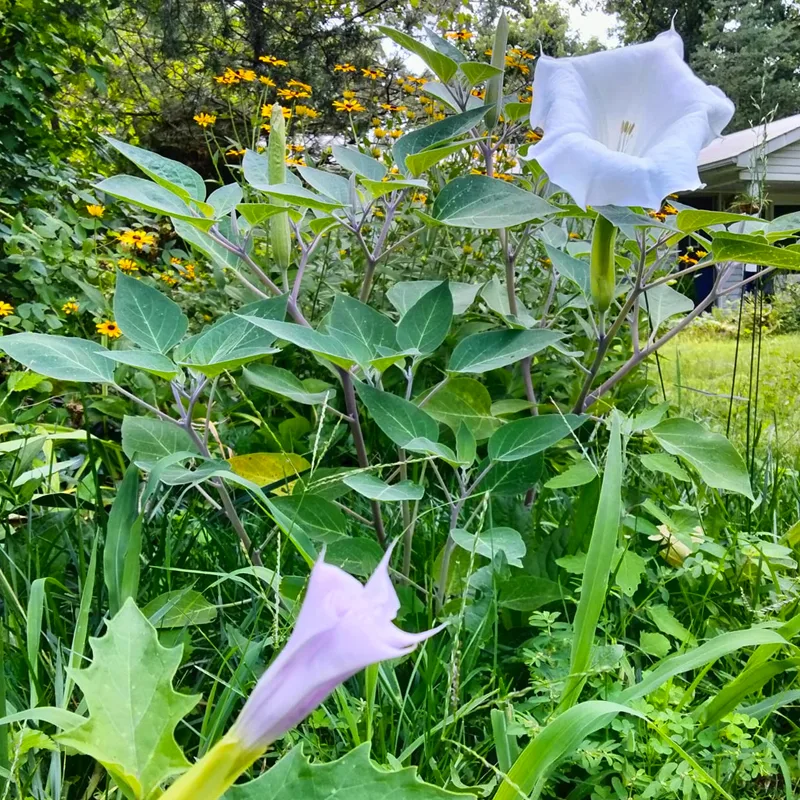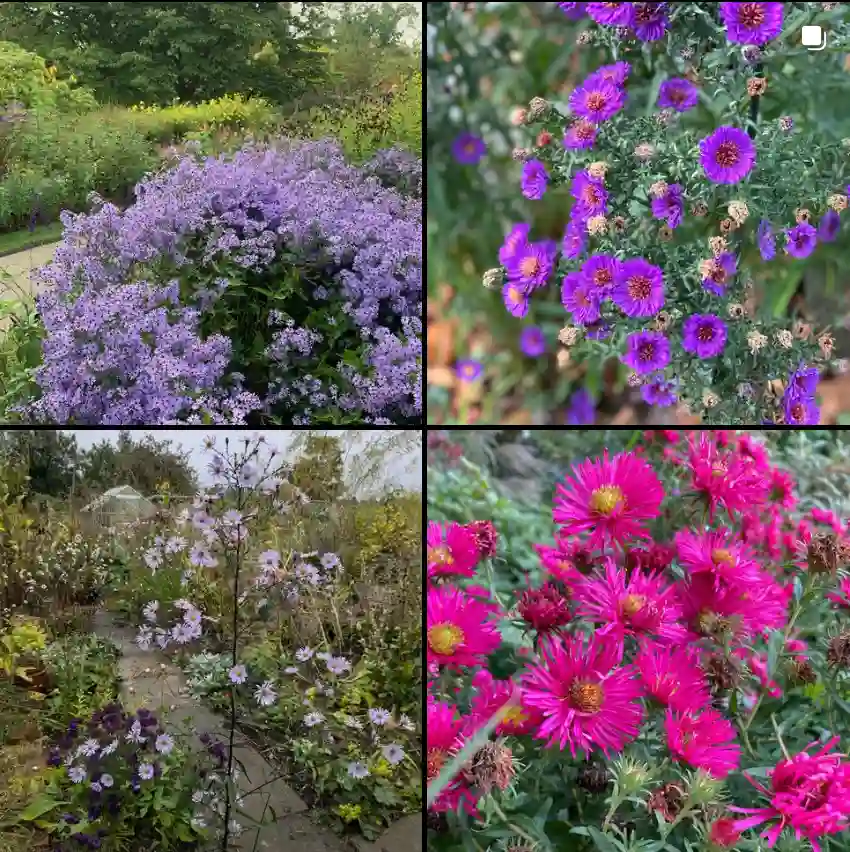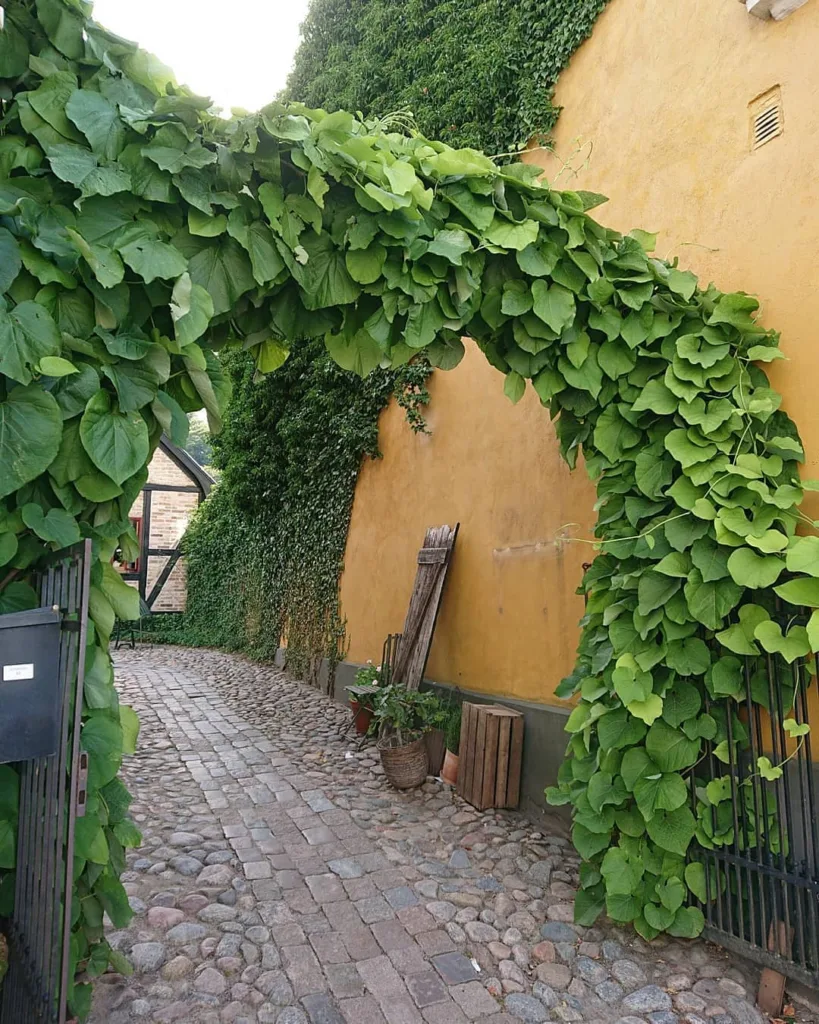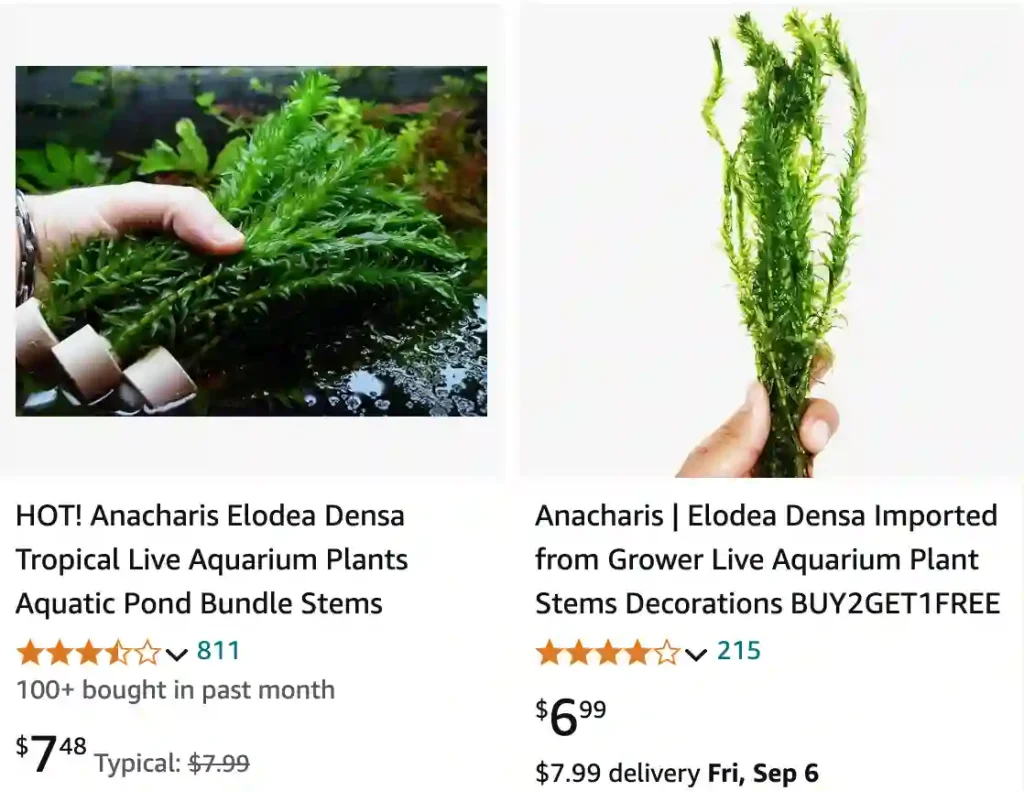
What is Elodea?
Elodea belong to the Hydrocharitaceae family, is a popular aquatic plant often found in aquariums and ponds. Known for its bright green, slender leaves, it plays a crucial role in aquatic ecosystems by providing oxygen and habitat for small aquatic creatures. Sometimes called “Waterweed,” Elodea is a genus of plants that thrive in freshwater environments.
Elodea species
- Elodea bifoliata H.St.John
- Elodea callitrichoides (Rich.) Casp.
- Elodea canadensis Michx.
- Elodea densa (Planch.) Casp.
- Elodea granatensis Bonpl.
- Elodea heterostemon (S.Koehler & C.P.Bove) Byng & Christenh.
- Elodea najas (Planch.) Casp.
- Elodea nuttallii (Planch.) H.St.John
- Elodea potamogeton (Bertero) Espinosa
Is Elodea Prokaryotic or Eukaryotic?
Elodea is eukaryotic. This means its cells have a distinct nucleus and other membrane-bound organelles, unlike prokaryotic cells which lack a nucleus and are generally simpler in structure. The presence of these cellular features allows Elodea to carry out complex processes like photosynthesis more efficiently.
Is Elodea Unicellular or Multicellular?
Elodea is multicellular. It consists of multiple cells organized into tissues, which work together to perform the plant’s various functions. This cellular organization is essential for its role in aquatic environments, where it supports its structure and function through coordinated cell activity.
Does Elodea Have a Nucleus?
Yes, Elodea has a nucleus. As a eukaryotic plant, each cell contains a nucleus that houses its genetic material. This nucleus controls cellular activities and helps in the plant’s growth and reproduction.
Where to Buy Elodea?
You can buy Elodea from various sources including local pet stores, aquarium supply shops, and online retailers. Websites like Amazon and aquarium specialty stores often have Elodea in stock. When purchasing, make sure to choose a reputable seller to ensure the plant’s health and quality.
How Does Elodea Reproduce?
Elodea primarily reproduces through vegetative propagation. This involves the plant growing new shoots from cuttings or fragments. In ideal conditions, the plant can also reproduce through fragmentation, where pieces of the plant break off and develop into new plants. This method allows Elodea to spread rapidly in suitable environments.
How to Grow Elodea?
To grow Elodea successfully, follow these steps:
- Water Quality: Elodea prefers clean, freshwater with a neutral to slightly alkaline pH. Ensure good water circulation and avoid high levels of pollutants.
- Light: Provide moderate to high light, as Elodea requires plenty of light for photosynthesis. Aquarium lights or natural sunlight can be beneficial.
- Temperature: Elodea thrives in temperatures between 60°F and 75°F (15°C to 24°C). Avoid extreme temperature fluctuations.
- Substrate: Although Elodea can float, anchoring it in the substrate of your tank or pond can help it grow more robustly.
How to Keep Elodea Alive?
To keep Elodea alive, ensure it receives adequate light and water quality. Regularly trim any overgrown or dead parts to promote healthy growth. Keep an eye on water temperature and pH levels, and provide nutrients if necessary. Avoid introducing chemicals or medications that might harm the plant.
Is Elodea Autotrophic or Heterotrophic?
Elodea is autotrophic. It produces its own food through photosynthesis, using sunlight, water, and carbon dioxide to create glucose and oxygen. This ability allows it to thrive in aquatic environments and supports its role in oxygenating the water.
Elodea vs. Anacharis
Elodea and Anacharis are often used interchangeably, but they have subtle differences. Anacharis is another common name for Elodea, specifically referring to the species Elodea canadensis. The main difference lies in the regional terminology, as Anacharis is used more in North America.
Elodea vs. Hydrilla
Elodea and Hydrilla are both aquatic plants but differ in their growth habits and ecological roles. Elodea is a more temperate plant and is often used in aquariums, while Hydrilla, an invasive species in many regions, is adapted to a broader range of conditions and can quickly spread in water bodies.
Elodea vs. Epidermal
Comparing Elodea with Epidermal cells, Elodea is a whole plant with multiple cell types, while Epidermal refers to the outer layer of cells in plants. Elodea’s structure includes epidermal cells but also encompasses other types like mesophyll cells, which are involved in photosynthesis.
Elodea vs. Hornwort
Elodea and Hornwort (Ceratophyllum) are both aquatic plants, but they have different structures and growth habits. Hornwort is a floating plant with a more complex branching structure, while Elodea typically has a more straightforward, linear appearance and is often rooted in the substrate.
Elodea vs. Nitella
Elodea and Nitella are both freshwater plants but belong to different plant groups. Nitella is a type of green algae with a simpler structure compared to the more complex vascular structure of Elodea, which is a true plant.
Elodea vs. Onion Cell
Elodea and Onion cells differ significantly. Elodea is a plant cell with chloroplasts for photosynthesis, while Onion cells lack chloroplasts as onions are not photosynthetic. The structure of Elodea cells is adapted for aquatic life, whereas Onion cells are adapted for storage and growth in soil.
Elodea vs. Spinach Cells
Elodea and Spinach cells are both plant cells and share similar features, such as chloroplasts for photosynthesis. However, Spinach is a terrestrial plant with larger, more robust leaves, while Elodea is adapted to an aquatic environment with elongated leaves for better light absorption underwater.
Common Problems with Elodea
Elodea may face issues such as algae overgrowth or nutrient deficiencies. Algae can outcompete Elodea for light and nutrients, while lack of essential nutrients can stunt its growth. Regular maintenance and monitoring can help prevent these problems.
Benefits of Elodea
Elodea offers numerous benefits, including improving water quality by oxygenating the water and providing habitat for aquatic life. It also helps control algae growth by competing for nutrients and light.
By understanding these aspects of Elodea, you can better care for this versatile aquatic plant and appreciate its role in aquatic ecosystems.
If i die, water my plants!
